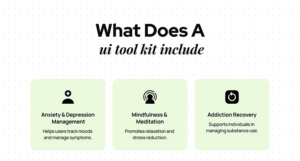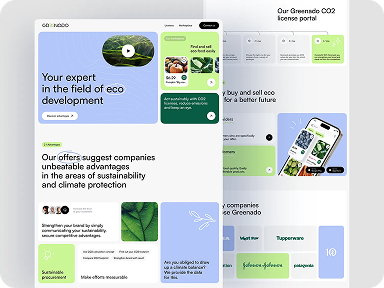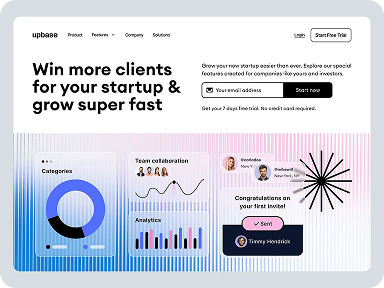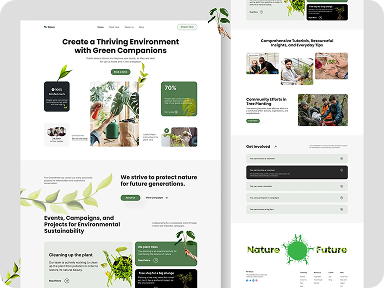Usually, people who use a mental wellness app have a busy lifestyle, suffer from some mental disorders, or wish to get back their mental health. So, they won’t love to see something confusing in their app. That’s why UX in mental wellness apps is so important.
Good UX in a mental wellness app can ensure the app is easy to use, efficient, convenient, loads fast, responsive, and accessible. It also helps increase engagement and usability. These are all the users expect along with good content, purposeful strategies, and features.
So, there is no way you can ignore UX when designing a mental wellness app. It’s necessary, and as a designer or app developer, you should learn why UX matters in this type of app.
What Is A Mental Wellness App?
A mental wellness app is designed to help people take care of their mental health. These apps usually come with different tools and features to support emotional well-being, reduce stress, and manage mental health conditions.
So, they help users look after their mental health as little pocket-sized mood boosters.
Now, you might ask about how these nifty apps work, right? Well, they let users keep tabs on your feelings and habits over time. It’s like having a personal mental health diary, but way smarter.
Many of these apps come packed with fun exercises to help users relax or challenge negative thoughts. Plus, they can give you a gentle nudge now and then to keep you on track.
Nowadays, these mental wellness apps have become quite popular. It’s because not everyone can manage to see a therapist whenever they need to. That’s where these apps come in handy. They’re like a friendly support system that’s always there when you need it. Pretty neat, right?

Why Is a Mental Wellness App Different?
Mental wellness apps are unique compared to traditional apps. It’s because they focus specifically on mental health and well-being. Traditional apps usually offer different features like productivity tools or entertainment.
However, mental wellness apps have to support users in managing different mental health challenges. Overall, they have different strategies to keep users engaged and also help users with different solutions to specific issues.
Here is why mental wellness apps are not like the most traditional app types:
Specifically Targeted Mental Health Support
Unlike general apps, mental wellness apps have several areas to focus on. They must have different solutions for specific mental health challenges like anxiety, depression, and stress. They have to provide tools for tracking moods, managing symptoms, and practicing therapeutic exercises.
For example, many mental wellness apps come with self-assessments to help users understand their mental health better. This targeted support makes these apps more specialized in identifying and meeting specific needs.


